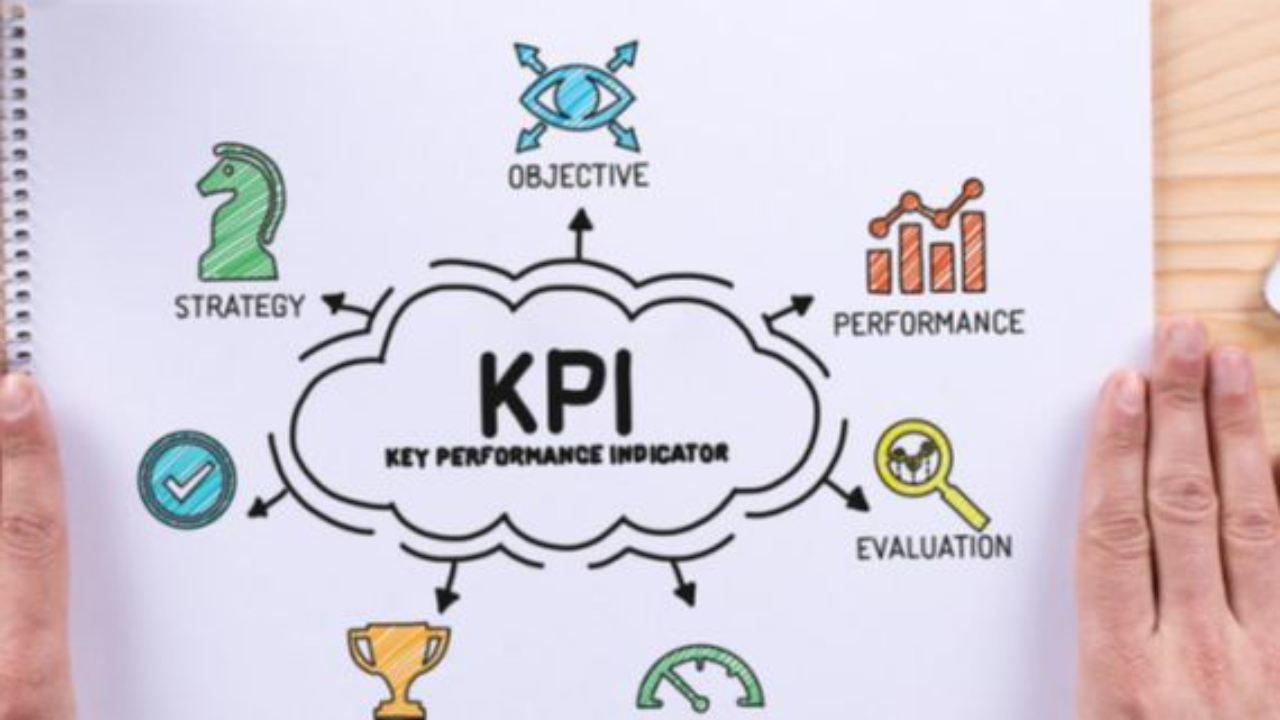Critical KPIs for your startup
Dec 17, 2022
In a lot of ways, every function of your startup seems to lend itself to a primary goal: Growth.
But of course, you know that it’s not quite that simple. At every stage of your startup growth, measuring critical KPIs and identifying areas of improvement is a continuous effort. One that will profoundly impact the long-term success of your company.
If you’ve ever seen an episode of Shark Tank (hear firsthand about what it’s like for founders on Shark Tank in my interview with Shark Tank Winner Martin Hill), you know that founders get DESTROYED (or at least hear some serious yelling!) when they don’t know their numbers.
But what are the most critical KPIs? With so much data at our fingertips today, you can easily get lost in a sea of metrics and data.
Areas that lend themselves to continued startup growth
This blog post is a super straightforward look at critical KPIs for your startup. If you’re struggling to know what needs your attention and focus as you strive for the next stage of your startup growth, focusing in these key areas can help keep you moving in the right direction:
Foundational KPIs
The foundational KPIs are Cost to Acquire a Customer (CAC) and Customer Lifetime Value (CLTV). Even in the early days, it’s extremely important for you to estimate where you are spending your time. Knowing how you’re allocating your time, effort and resources to each of the four core areas will help you manage your own time. But, it will also help you effectively delineate tasks as you grow and expand your team.
Cost to Acquire a Customer (CAC)
Of course, this is literally the cost (including literal costs, time and resources) needed to acquire a new customer. This KPI helps you understand how effective and efficient your startup is at acquiring new customers.
Customer Lifetime Value (CLTV)
This KPI measures the amount of gross profit generated by a customer over the duration of their entire relationship with your company.
If you are spending an inordinate amount of resources on acquiring each new customer — particularly if it exceeds your CLTV — you will need to revisit some areas and see how you can get your CLTV to the right point.
Say, for example, that you’re a SaaS company with monthly dues of $20 a month. Your CAC is $75 to acquire each new customer. And your customers subscribe for an average of 4 months. That puts your CLTV at $80, $5 above your CAC of $75.
At this margin, you’re going to need a lot of customers to hit your growth goals. There are a couple of ways you can improve these numbers:
> You could focus on CX and determine why customers are dropping off after only 4 months
> You could invest in a retention campaign geared toward offering incentives and more to help improve retention numbers
> You could look for inefficiencies in sales or marketing to help drive down your CAC
And many, many more — but without measuring these KPIs, you’re flying blind. This data empowers you to make better, smarter decisions that will nurture the growth of your startup.
Once you get more customers and momentum this number will continue to become more accurate.
Key ratios
I am also a big fan, especially in the early days, of tracking ratios. When you are building and growing your startup, these ratios can tell you where you may have either a problem or an opportunity — depending on your perspective:
- Web/social traffic to inquiry (someone reacted or reached out) helps understand if you are getting the right traffic
- Inquiry to qualified lead (is it actually a person/business that could be a customer) can help you determine if your messaging is resonating with the correct, potential customer base
- Qualified leads to deals won shows whether your sales team is able to convert potential customers to actual customers
- Average deal size speaks for itself ?
- Churn rate shows how effective you are at keeping your current customers
- BONUS: Track the effectiveness of different campaigns. This could include guesting on a podcast, writing a guest blog post, running a Yelp or Facebook ad, etc. This can help you understand early on where you are getting your traffic.
Looking for more insight to help your startup get unstuck?
These KPIs are an excellent place to start getting your strategies and implementation in order. But, if you are looking for more insight and help getting your startup past a bump in the road or simply getting to the next level, I can help. Shoot me a message now and let’s talk about your business and its goals.
Follow along with all new updates
Sign up to be notified when new posts are available.
Don't worry, your information will not be shared.
We hate SPAM. We will never sell your information, for any reason.
